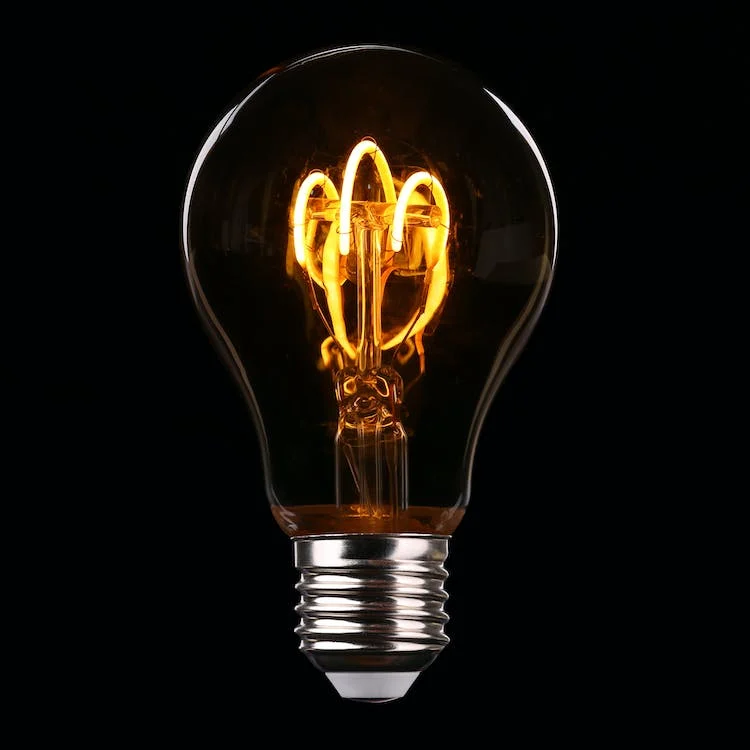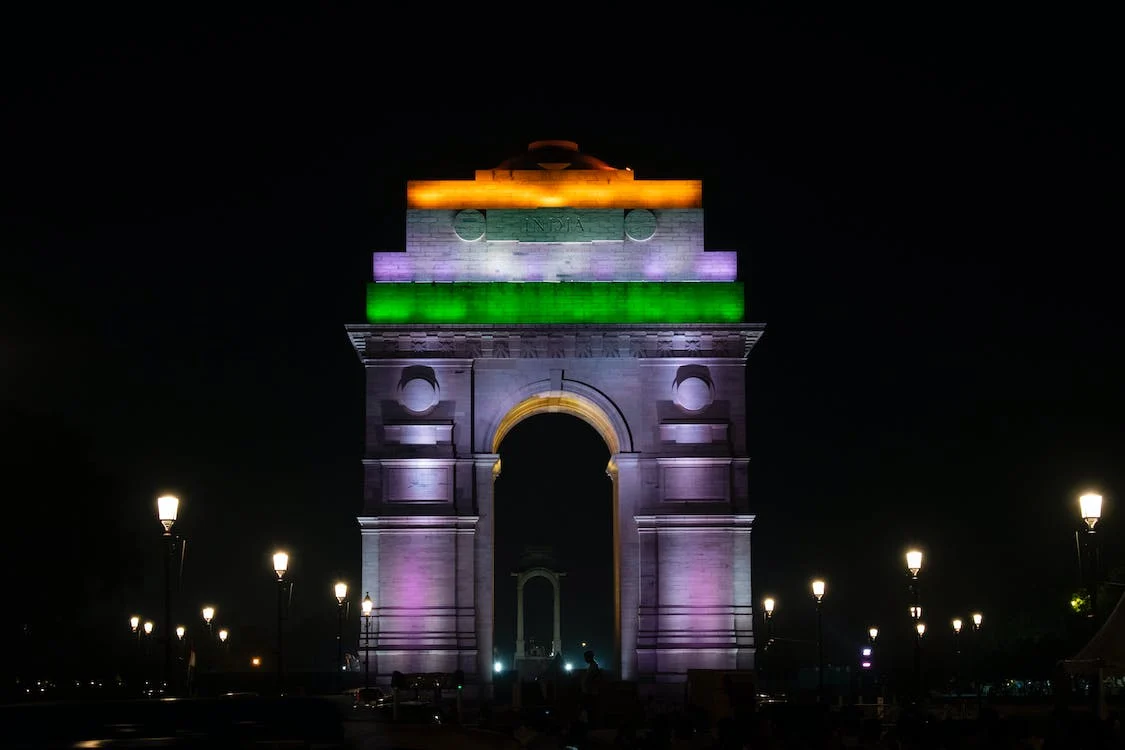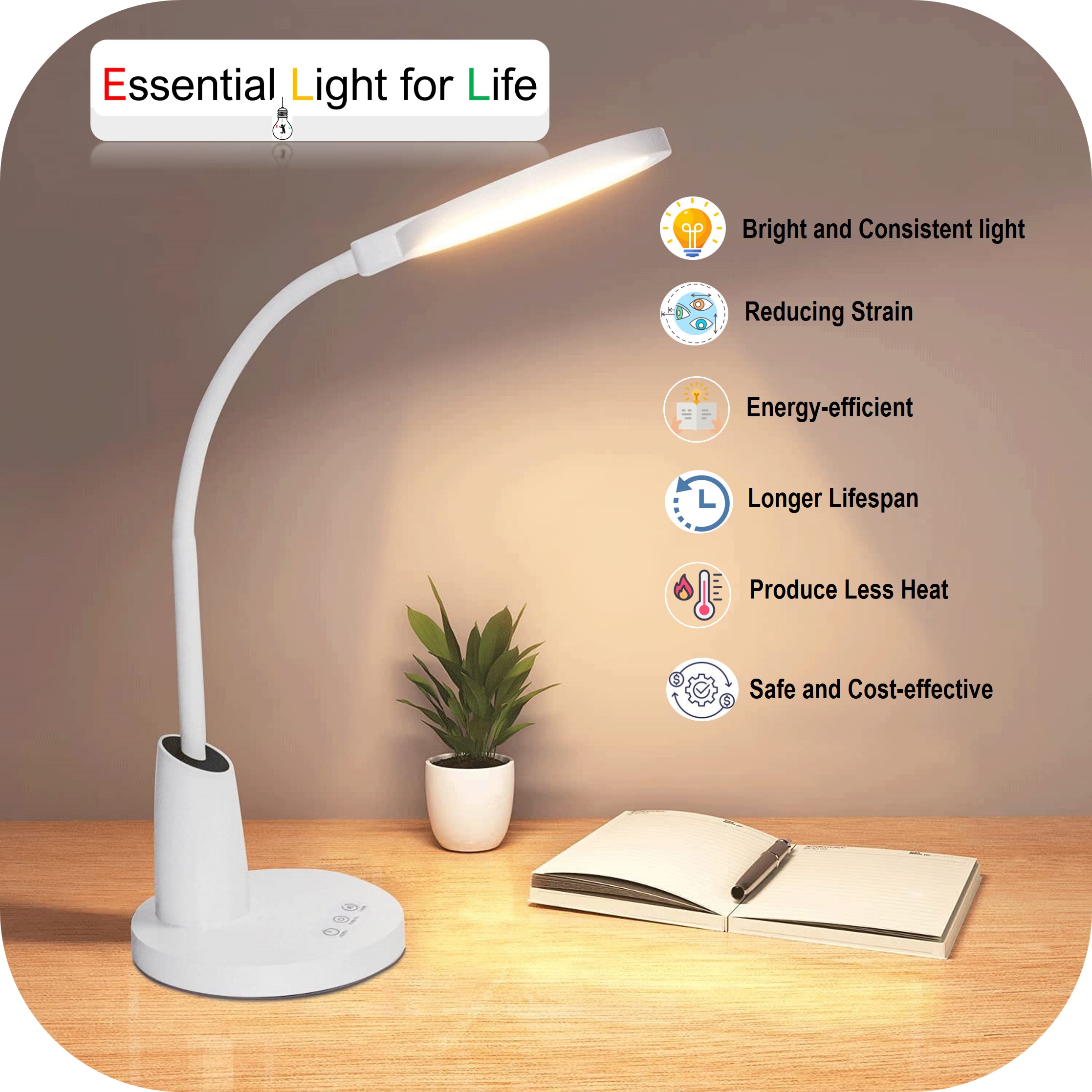This essay covers the three specified case studies, highlighting the real-world impact of LED lighting solutions in various settings. If you require any further information or adjustments, feel free to let me know!
In the ever-evolving landscape of energy efficiency, LED lighting has emerged as a beacon of sustainable illumination. Beyond its theoretical benefits, real-world case studies vividly illustrate the transformative power of LED technology in diverse settings. This essay delves into three compelling case studies, each showcasing the tangible impact of LED lighting solutions in distinct environments.
Case Study 1: Residential LED Retrofit
In a quaint suburban neighborhood, a forward-thinking community decided to embark on a journey towards energy efficiency. Their target: the often-overlooked realm of residential lighting. Traditional incandescent bulbs, notorious for their energy consumption and short lifespan, were in dire need of an upgrade.
The solution was a comprehensive LED retrofit. The endeavor involved replacing all existing incandescent and CFL bulbs with their LED counterparts. The immediate impact was astonishing. Energy consumption plummeted, leading to substantial cost savings for homeowners. Additionally, the longevity of LEDs meant a significant reduction in maintenance efforts and replacement expenses.
Residents noted a stark improvement in the quality of light. The warm, inviting glow of LEDs transformed living spaces, enhancing both comfort and aesthetics. Beyond the economic benefits, this retrofit instilled a sense of environmental responsibility within the community, setting a precedent for sustainable practices.
Case Study 2: Commercial Office Space
In the bustling heart of a metropolitan city, a prominent commercial building sought to revamp its lighting infrastructure. The challenge was twofold: optimizing energy efficiency and creating an environment conducive to productivity.
LED technology emerged as the linchpin of this transformation. Advanced occupancy sensors were integrated, enabling smart lighting control based on occupancy and natural light levels. This dynamic system ensured that lights were only active in occupied areas, drastically reducing unnecessary energy consumption.
The impact on the working environment was profound. Employees reported enhanced comfort and reduced eye strain, directly contributing to increased productivity. Moreover, the precise control afforded by LED technology allowed for tailored lighting schemes, facilitating a harmonious blend of task lighting and ambient illumination.
The financial ramifications were equally impressive. The reduction in energy consumption translated into substantial operational cost savings. The initial investment in LED fixtures and controls was recouped within a remarkably short span, underscoring the economic viability of such initiatives.
Case Study 3: Municipal LED Street Lighting
In the heart of a forward-thinking municipality, a city council embarked on an ambitious project to modernize its street lighting infrastructure. The goals were clear: improve visibility, enhance safety, and significantly reduce energy consumption and associated costs.
The transition from traditional sodium vapor lamps to LED luminaires proved to be a game-changer. The sharp, white light emitted by LEDs drastically improved visibility on the streets, creating a safer environment for both pedestrians and motorists.
The energy savings were nothing short of astounding. The city witnessed a dramatic reduction in electricity consumption for street lighting, directly impacting its operational budget. Additionally, the extended lifespan of LED fixtures meant a marked reduction in maintenance efforts and associated expenses.
Perhaps the most noteworthy impact was the positive reception from residents. The streets, once bathed in a harsh, yellowish glow, now exuded a crisp, inviting ambience. This transformation not only improved safety but also revitalized the aesthetic appeal of the city.
Conclusion
These case studies serve as powerful testaments to the real-world impact of LED technology. Beyond theoretical promises of energy efficiency and longevity, they demonstrate how this innovation can reshape environments, improve quality of life, and drive significant cost savings. As we continue to grapple with the challenges of sustainability, the lessons gleaned from these cases serve as beacons guiding us towards a brighter, more efficient future.
Frequently Asked Questions
What is an LED retrofit?
An LED retrofit involves replacing traditional lighting fixtures with LED technology while keeping the existing infrastructure intact. This upgrade improves energy efficiency, reduces maintenance costs, and enhances lighting quality.
What are the benefits of LED retrofit?
LED retrofit offers numerous benefits, including:
- Energy Efficiency: LED lights consume significantly less energy than traditional lighting.
- Longevity: They have a longer lifespan, reducing replacement and maintenance costs.
- Improved Lighting Quality: LED lighting provides better color rendering and reduces glare.
- Environmental Impact: They lower carbon emissions due to reduced energy consumption.
- Reduced Heat Emission: LED lights emit very little heat, reducing air conditioning costs.
How to install LED retrofit?
Installing an LED retrofit involves:
- Assessment: Evaluate existing fixtures for compatibility with LED bulbs.
- Preparation: Turn off power, remove old bulbs, and clean fixtures.
- Insertion: Place LED bulbs into the fixtures.
- Testing: Turn on the power to verify proper functionality.
What is retrofit lighting?
Retrofit lighting is the process of upgrading existing lighting systems to more energy-efficient and technologically advanced solutions, such as LED lights, without altering the fixtures.
How long does LED retrofit last?
LED retrofits have an average lifespan of 25,000 to 50,000 hours, depending on the quality and usage.
What is the difference between LED bulbs and retrofit bulbs?
LED bulbs are standalone units, while retrofit bulbs are designed to replace specific components within existing fixtures, making them compatible with LED technology.
Are LED retrofits worth it?
Yes, LED retrofits are considered highly worthwhile due to their long-term cost savings, energy efficiency, and improved lighting quality.
How much does lighting retrofit cost?
The cost of a lighting retrofit varies depending on factors like the type of fixtures, the scale of the project, and labor costs. It’s advisable to consult a professional for a detailed quote.
How much does it cost to retrofit LED can lights?
Retrofitting LED can lights can range from a few hundred to a few thousand dollars per fixture, depending on the complexity of the project.
What type of LED is used in street light?
High-intensity LED modules specifically designed for outdoor lighting are commonly used in street lights.
What is the meaning of municipal lighting?
Municipal lighting refers to the public lighting infrastructure provided and maintained by local government authorities in cities and towns.
Can LED lights be used as street lights?
Yes, LED lights are widely used in street lighting due to their energy efficiency and long lifespan.
Who provides street lights in villages?
In villages, local municipal authorities or rural development bodies are typically responsible for providing and maintaining street lights.
Which light is best for street light?
LEDs are considered the best choice for street lights due to their energy efficiency, longevity, and low maintenance requirements.
What is the best type of street light?
High-pressure sodium (HPS) and Light Emitting Diode (LED) lights are the most commonly used types for street lighting. LED lights are increasingly preferred due to their superior energy efficiency.
What LED lights are road legal?
LED lights that comply with local regulations and standards set by road authorities are considered road legal.
How many watts are LED street lights?
LED street lights typically range from 30 to 200 watts, depending on factors like road width, required illumination levels, and local regulations.




